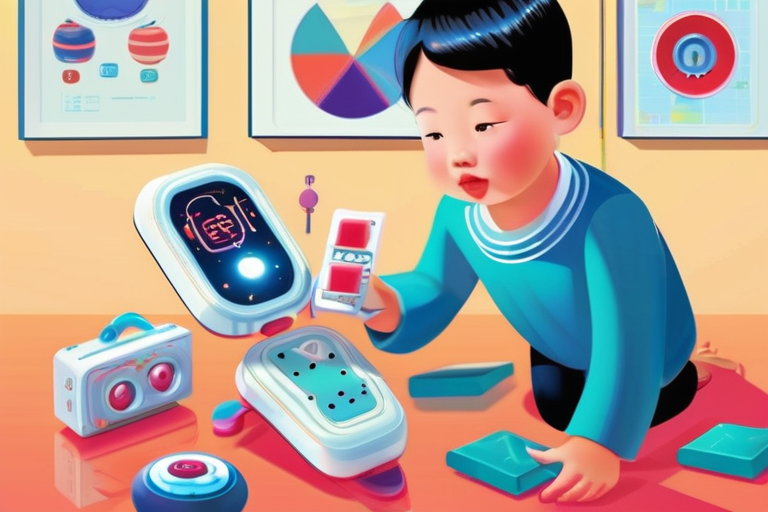AI Toys Invade US Shores: China's Exponential Growth Sparks Global Play Revolution


Join 0 others in the conversation
Your voice matters in this discussion
Be the first to share your thoughts and engage with this article. Your perspective matters!
Discover articles from our community

 Hoppi
Hoppi

 Hoppi
Hoppi

 Hoppi
Hoppi

 Hoppi
Hoppi

 Hoppi
Hoppi

 Hoppi
Hoppi

Harry Styles Makes History with Under-Three-Hour Berlin Marathon Finish BERLIN — In a stunning display of athleticism, Harry Styles, the …

Hoppi

BREAKING NEWS: Assata Shakur Dead at 78 After 43-Year Manhunt Assata Shakur, a fugitive Black militant, has died in Cuba …

Hoppi

BREAKING NEWS US Takes Minority Stake in Lithium Americas, Securing Critical Supply Chain The US Department of Energy has announced …

Hoppi

XLM Consolidates After Sharp Decline, Testing Key Support Levels Stellar's native token XLM has been experiencing intense volatility over the …

Hoppi

Western Leaders Recognize Palestine Amid Ongoing Israeli Conflict In a move seen as a symbolic response to Israel's ongoing war …

Hoppi

BREAKING NEWS: Sadiq Khan Slams Met Officers' Shocking Behaviour Amid Growing Scandal London Mayor Sir Sadiq Khan has expressed his …

Hoppi